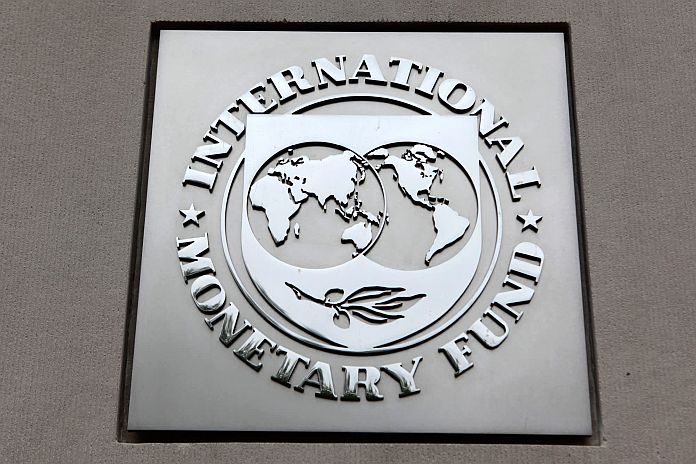BRAZIL / USA – The executive board of the International Monetary Fund (IMF) concluded the Article IV consultation with Brazil.
Over the past two years, Brazil’s economy has shown remarkable resilience as inflation has declined to within the target tolerance interval. Real GDP growth in 2023, at 2.9 percent, was significantly higher than projected at the start of the year, on the back of record agricultural and hydrocarbon output, and resilient services. Consumption was strong, amid a tight labor market and a sizeable fiscal stimulus. Economic activity in early 2024 remained robust.
Growth is projected to moderate to 2.1 percent in 2024, reflecting still restrictive monetary policy, a lower fiscal deficit, the flood calamity in Rio Grande do Sul, and the normalization of agricultural output. Growth is projected to strengthen to 2.5 percent over the medium term, an upward revision of 0.5 percentage point since the 2023 Article IV Consultation, supported by efficiency gains from the VAT reform and growing hydrocarbon output. Investment in green growth opportunities could further lift economic potential. Headline inflation is expected to return to the 3 percent target in the first half of 2026.
The balance of risks to the growth outlook has improved since the 2023 Article IV Consultation but remains somewhat tilted to the downside, while uncertainty remains. Downside risks stem, on the external front, from possible monetary policy miscalibration in major economies, commodity price volatility, and global financial instability. On the domestic front, supply disruptions from the 2024 flood calamity could be more severe than expected. Uncertainty over fiscal measures could reduce policy credibility, resulting in higher borrowing costs and increased risks of inflation expectations de-anchoring.
Upside risks stem from stronger-than-expected household consumption, faster-than-expected implementation of productivity-enhancing reforms, and investment in green growth opportunities. A sound financial system, adequate FX reserves, low reliance on FX debt, large government cash buffers, and a flexible exchange rate continue to support Brazil’s resilience.
Read the executive board assessment here.





